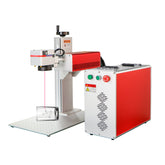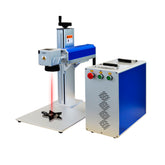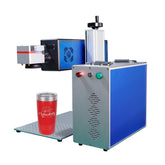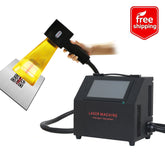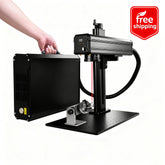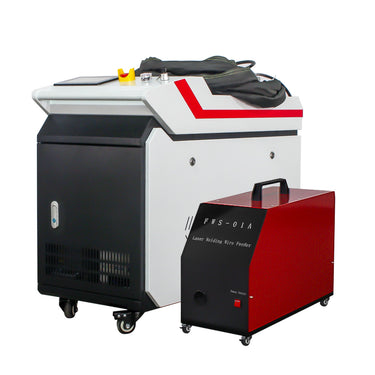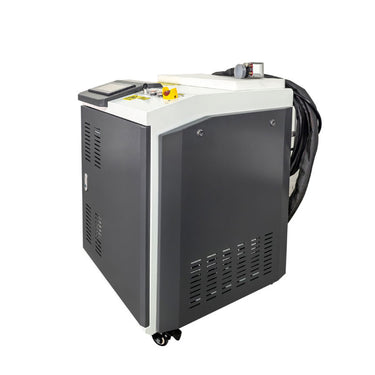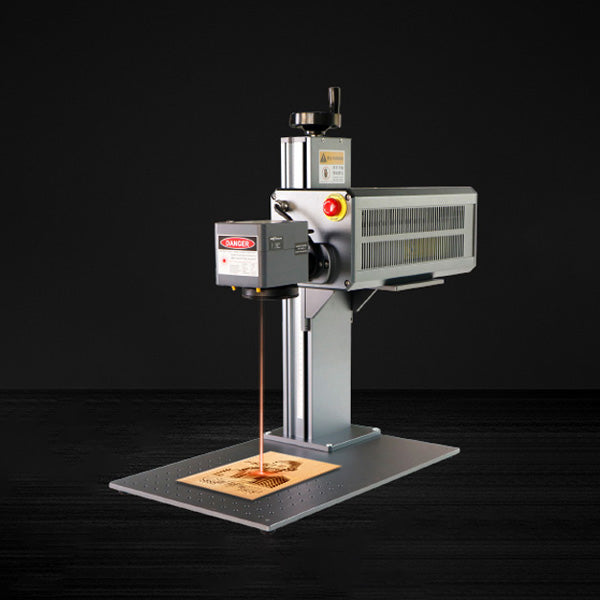Are Handheld Laser Welders Any Good?
In recent years, welding technology has advanced rapidly. Laser welders are gradually replacing traditional MIG and TIG welders, especially when it comes to improving weld quality and reducing operational difficulty. Among these, handheld laser welders have gained popularity among manufacturers and repair professionals for their efficiency and flexibility. But are portable laser welders really that good? Let’s take a closer look.
How Laser Welding Differs from Traditional Welding?
The main differences between a handheld laser welding machine and traditional welders lie in the heating method, heat-affected zone, operational flexibility, and material compatibility.
Heating Method
Laser welding uses focused, non-contact heating, while traditional welding relies on arc or flame-based heat transfer, resulting in different heat control and distribution.
Heat-Affected Zone (HAZ)
Laser welding delivers low heat input and a narrow HAZ, reducing the risk of deformation. In contrast, traditional welding spreads heat more broadly, increasing the chance of thermal stress and warping.
Operational Flexibility
Portable laser welding machines are compact and lightweight, making them easy to use in tight or on-site environments. Traditional machines are bulkier and less adaptable.
Material Compatibility
Laser welders work with a wide range of metals, including stainless steel, carbon steel, aluminum, copper, and even dissimilar metals, making them more versatile than conventional welders, which struggle with reflective or mixed materials.

Advantages of Handheld Laser Welders
Cleaner Welds, Less Post-Processing
One of the most noticeable benefits is weld quality. Arc welding often causes spatter, slag, or burn-through on thin metals. In contrast, portable laser welders deliver clean, consistent seams. This is ideal for visible welds, such as on metal furniture, panels, or custom parts, saving time on grinding, polishing, and rework.
Versatile Across Many Metals
Unlike traditional welders, who can struggle with heat control on thin or reflective materials, laser welders adapt well to stainless steel, carbon steel, aluminum, copper, brass, and even mixed-metal joints. This makes them perfect for multi-material assemblies and complex repairs.
Easy to Learn, Safer to Use
Most models come with intuitive touchscreens, built-in presets, and real-time monitoring. Even beginners can operate them with minimal training. Plus, with less heat, no open flames, and no high-voltage arcs, the working environment is cleaner and safer, especially in enclosed spaces.

Where Do They Work Best?
Handheld laser welders excel in tasks that demand precision, low heat input, and portability. Common examples include:
- Automotive repair: Precisely repairing car body panels, frames, and chassis components.
- Electronics assembly: Welding tiny circuit board parts, battery tabs, and heat-sensitive connectors.
- Medical device production: Manufacturing sterile surgical instruments, micro implants, and thin-walled tubing.
- Multi-metal repair: Seamlessly joining dissimilar metals, such as aluminum to copper or steel to brass.

